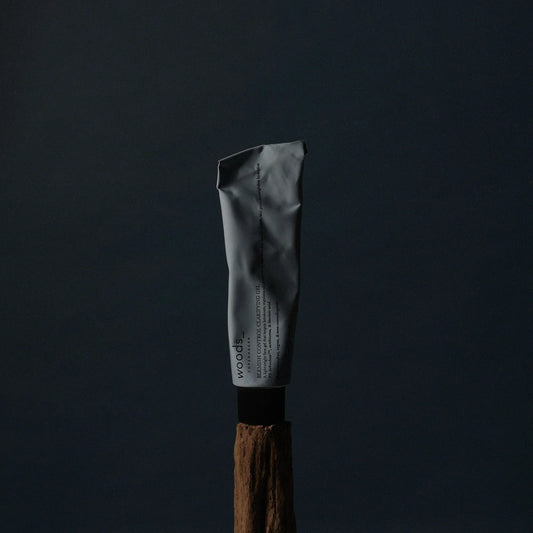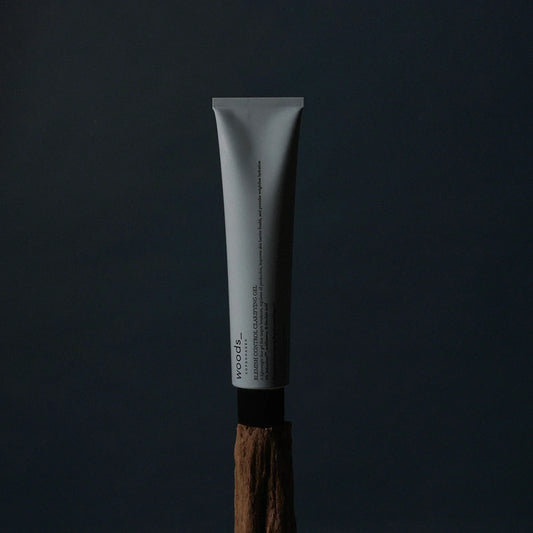Melanin's identity card
Melanin is there to protect DNA from being damaged by sun rays. This explains why people living in sunny and hot places have more melanin than the ones living in the cold. Melanin production can also be stimulated by external agents, such as sun rays. And, in fact, a tan is actually a protective response to sun damage.
Melanin is produced by some very specific skin cells called melanocytes. And tyrosinase is the key enzyme that drives the reaction. After it is produced, melanin is transferred to skin cells, the keratinocytes.
I know this might sound a little too science-y but I promise it will be useful later, as many active ingredients that reduce hyperpigmentation work at this level.
What is hyperpigmentation?
H-Y-P-E-R-P-I-G-M-E-N-T-A-T-I-O-N. Though the term can sound complicated, I promise it isn't. Let me prove it!
Hyperpigmentation is a broad term, which includes freckles, sunspots, melasma, and post-inflammatory hyperpigmentation (PIH). Let’s investigate the different types together!
- Freckles are currently rising in popularity, with many using make up to add them to their complexion themselves. They are uniformly pigmented and sharply defined spots that usually appear on sun-exposed areas of your body, such as nose and cheeks. They are not a risk to your health, but they are a sign that you need to pay extra attention when you are in the sun.
- Sunspots are very close to fleckless, but they usually appear as single spots larger in size. Luckily, they are equally harmless for your health. They are just the result of an over-production of melanin.
- Melasma is an acquired skin condition, and, therefore, a dermatologist should be consulted. Its formation mechanism is similar to what causes sunspots and freckles, but melasma spots tend to be larger and appear as darker patches instead of spots. The causes can be many, from sun exposure to genetics or hormones. For example, it is not that unusual to develop melasma during pregnancy. Thankfully, most cases of melasma disappear with time, even though they might re-appear during summer months (when sun rays are more powerful). Be sure not to forget to apply sunscreen as the last step of your skincare routine all year around!
- PIH (post-inflammatory) appears after an inflammatory process, such as acne, atopic dermatitis, or impetigo. Usually, it is more common and severe among people with darker skin tones, as their melanocytes are naturally more active.
How can hyperpigmentation be treated?
Well done! You have reached the juicy part: how to prevent and treat hyperpigmentation. The perfect action plan includes 3 steps. Let´s go through them together!
- Protect your skin from UV rays. I know, we sound like a broken record, we have been repeating this all year, but we won't stop now. Because even though the summer is ending, sun rays still represent a possible risk for your skin, so you should never forget to apply SPF! Read here which one is the most suitable for you.
- Exfoliate to remove dead cells on skin's outermost layer, and boost skin renewal. The best kind of exfoliation to even out discolorations is peeling. And we have just the right one for you: our Intense Peel Mask. The only recommendation is to use it away from sun exposure and guess what? Yes, apply SPF afterwards!
- Moisture with creams enriched with specific active ingredients. What you should be looking for are the so-called brightening agents. Since most forms of hyperpigmentation are the result of irregular production of melanin, these kinds of ingredients typically slow down or block this process.
Your best allies to treat hyperpigmentation
There are a lot of brightening agents out there, and they can act in diverse ways, but the result is the same! Let me introduce you to the most popular ones:
- Vitamin C: a well-known multitasking active that slows down melanin production by interfering with tyrosinase. But not only: it can also remove some of the already present melanin. That´s a win-win for me!
- Vitamin A: another ingredient that acts in multiple ways. Besides its amazing powers to prevent and minimize wrinkles and fine lines, it also has the ability to brighten your skin. Do you want to know how? Well, Vitamin A interferes with melanin production by blocking tyrosinase production: no enzyme, no melanin! Vitamin A also triggers cell production, which means that a new load of fresh, non-hyperpigmented cells can reach the surface and replace the hyperpigmented ones. You can find it in our Vitamin A Treatment Cream.
- Vitamin B3 (niacinamide), without any doubt is one of skincare's super-stars. It acts by preventing melanin from being transferred from the melanocytes (where it is produced) to the keratinocytes (skin cells). Now you know another reason we love our Niacinamide Lifting Mist.

Do you want to get the best from both exfoliation and skincare? Add our Skin Perfector 2% BHA to your routine! BHA removes dead cells and promotes skin regeneration, while vitamin C evens out dark spots.
Sources
- Pigmentation and Skin of Color – Hollinger J. C., Kindred C, et al., Cosmetic Dermatology: Products and Procedures, Third Edition (2022).
- Tyrosinase inhibitors from natural and synthetic sources: structure, inhibition mechanism and perspective for the future. - Kim, Y-J, and H Uyama, Cellular and molecular life sciences : CMLS vol. 62,15 (2005)
- The effect of niacinamide on reducing cutaneous pigmentation and suppression of melanosome transfer - Hakozaki, T et al. The British journal of dermatology vol. 147,1 (2002)
- MELASMA: OVERVIEW - American Academy of Dermatology Association (2022)
- Unmasking the causes and treatments of melasma - Harvard Health Publishing (2020)
- Post-inflammatory hyperpigmentation: A review of the epidemiology, clinical features, and treatment options in skin of color - Davis, Erica C, and Valerie D Callender, The Journal of clinical and aesthetic dermatology vol. 3,7 (2010)
Related Products
More posts
-
Adult acne: from cause to treatment
While many associate acne and blemishes with the turbulent teenage years, the reality is that many adults continue to grapple with breakouts well into their 20s, 30s, and beyond. But...
Read more -
Skincare for teens: a step-by-step guide
Navigating skincare as a teenager (or honestly, just as much as an adult) can feel like a maze. In this digital age, we’re constantly flooded with the newest trends and...
Read more -
Introducing: blemish control clarifying gel
Breakouts are one of the most common skin concerns, affecting people of all ages and skin types. And when it comes to treating blemishes, striking the perfect balance can be...
Read more
- Choosing a selection results in a full page refresh.
- Opens in a new window.






